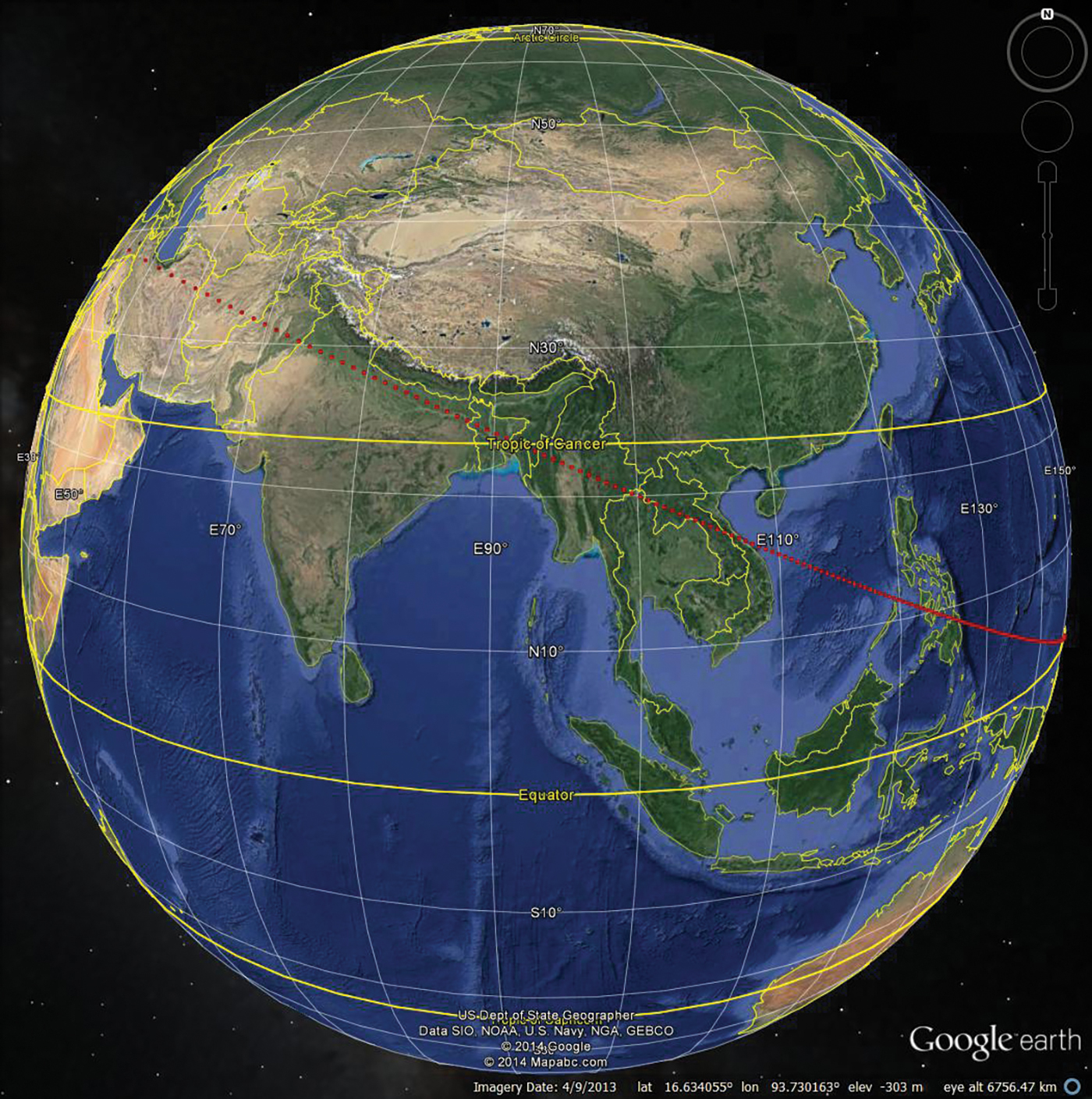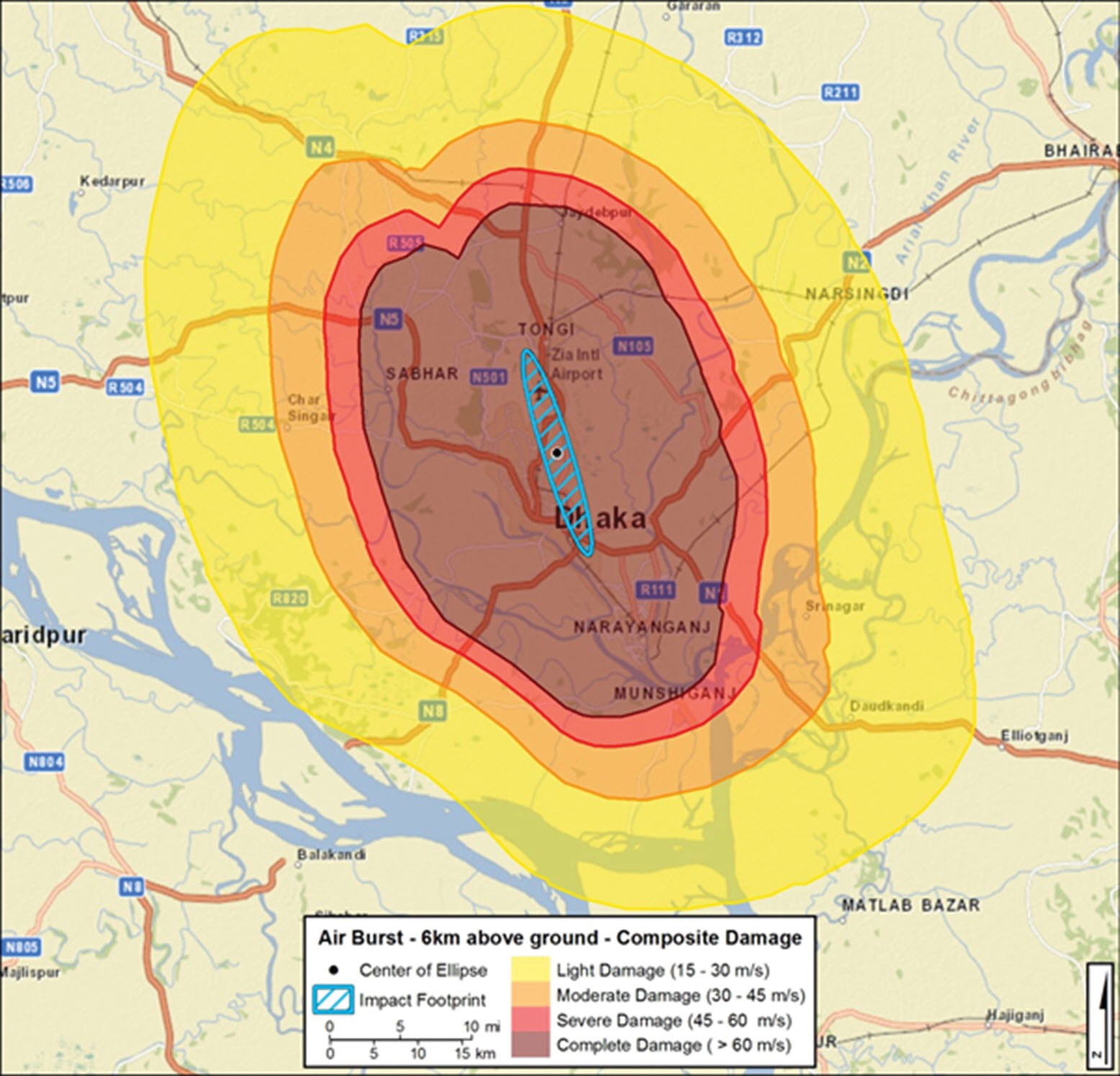Scope on the Skies
Preparing for Cosmic Collisions
Science Scope—January 2020 (Volume 43, Issue 5)
By Bob Riddle
The following information is based on simulations done by various space organizations. An asteroid is not expected to enter the Earth’s atmosphere as described below.
In 2009 scientists initially calculated that the orbit of an asteroid they discovered would travel around the Sun until reaching the Earth’s orbit in 2019 or so. Since the discovery of the asteroid, astronomers realized that this asteroid fits within the potentially hazardous asteroid (PHA) category, meaning there was a good chance that it would intersect the Earth’s orbit. The same calculations showed that the Earth will be at that same point in its orbit, thus putting the asteroid on a possible collision course with our planet.
Four years after its discovery, the asteroid was still too far away for an accurate determination of its size and mass based on the asteroid’s brightness, known as its absolute magnitude. At that time, however, estimates put its absolute magnitude at around 20, which suggested the asteroid could be up to 0.5 km (1,700 ft.) in size. If the asteroid were to enter our atmosphere, astronomers thought it would break apart explosively above the ground and not reach the surface, much like the 1908 Tunguska explosion (see Resources) or the Chelyabinsk Meteor in 2013 (see Resources). But the greatest questions and cause for concern are where on Earth would this impact occur, what damage would there be, and is there anything that could be done to avert this potential disaster?
In 2010, NASA and other space programs, including Russia, China, India, Japan, and Europe, launched a series of probes on a two-year voyage to the asteroid. The probes were designed to send back data about the asteroid. As a group, the four probes were placed in trajectory paths that would have them collide with the asteroid to alter the asteroid’s path to avoid Earth. During the asteroid approach, the probes nudged the asteroid off its current trajectory and useful data were collected. How much of a change the nudge made was determined a few months later as scientists were able to more accurately calculate the trajectory of the asteroid.
When the asteroid was a few months from Earth, it became more certain that the asteroid’s orbital path would take it across Earth’s orbit. The probes did not provide enough force to alter the path. What is uncertain is the location of where the asteroid would enter the atmosphere and over or on what part of the Earth the asteroid would explosively break apart. Calculations initially create what is known as “risk corridor,” the area of the Earth where the event may occur (Figure 1). In this situation, the risk corridor wraps about halfway around the globe. The asteroid is expected to explode in the atmosphere and not form an impact crater. Nonetheless, the effect of this will be devastating to the surface below. Anything within the risk corridor is a potential site for the impact. As time passed, the accuracy of the risk corridor steadily increased until scientists were confident of the event site.

As the date for the asteroid collision gets closer, calculations are finalized to the degree that not only is the date and time of atmospheric entry known, but also the location on the Earth above which the asteroid will explode is known. Based on estimates, the asteroid will explode between 6 km to 12 km (4 mi to 7 mi) above the Earth over a city in Bangladesh (see Figure 2).

- Read about the close flyby of asteroid Apophis in 2019 and how scientists planned for it (see Resources).
- This column was based in part on a simulated asteroid impact scenario. For a more detailed chronology of the events including maps and NASA websites read the “2015 PDC Hypothetical Asteroid Impact Scenario” (see Resources).
- Use the online Impact Earth or the Impact Earth Effects simulator (see Resources) to model simulated impacts by varying the “impact parameters.”


